

The aspect ratio of a glider is not the only factor in passive safety, but still a very important one. For this reason our wings have the aspect ratio they require. Our design motto is as much as necessary, as little as possible.
Instead of one piece of fabric, these diagonal ribs are manufactured from various strips, which are directionally cut in accordance with their Ripstop threads. The manufacturing process involves more effort and precision, but they ensure a cleaner profile, which means more performance.
On a paraglider, pilots are accustomed to seeing a trailing edge that is as straight as possible. However, during our glider tests we discovered that on some models
- more brake pressure is required;
- the handling is worse;
- the aerodynamics and thus the performance are negatively influenced, because more line meters means more drag.
The Low Drag Brake foregoes the perfect look in favour of better handling and performance.





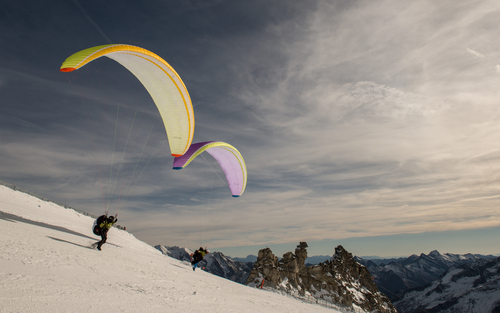



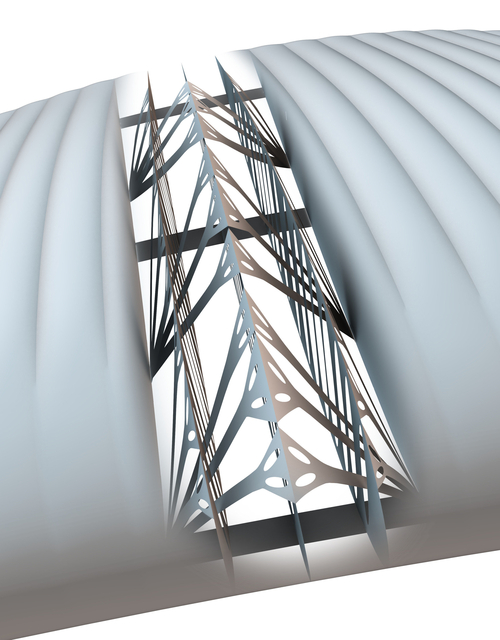



 Lime
Lime
 Orange
Orange
 Purple
Purple
 Red
Red








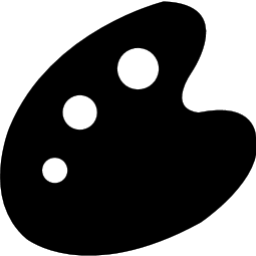

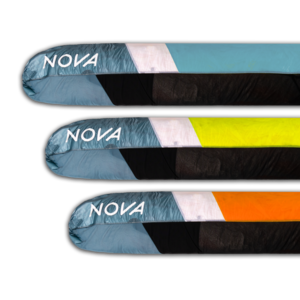 Concertina Bag Light.
Concertina Bag Light.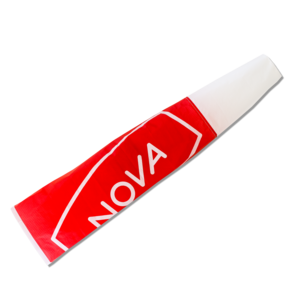 NOVA windsock.
NOVA windsock.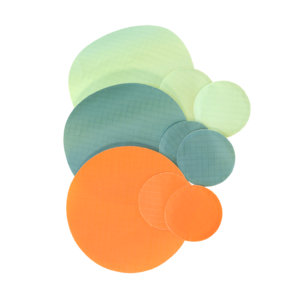 Repair kit.
Repair kit.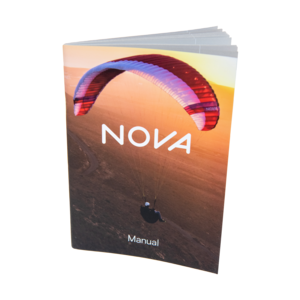 Manual.
Manual.